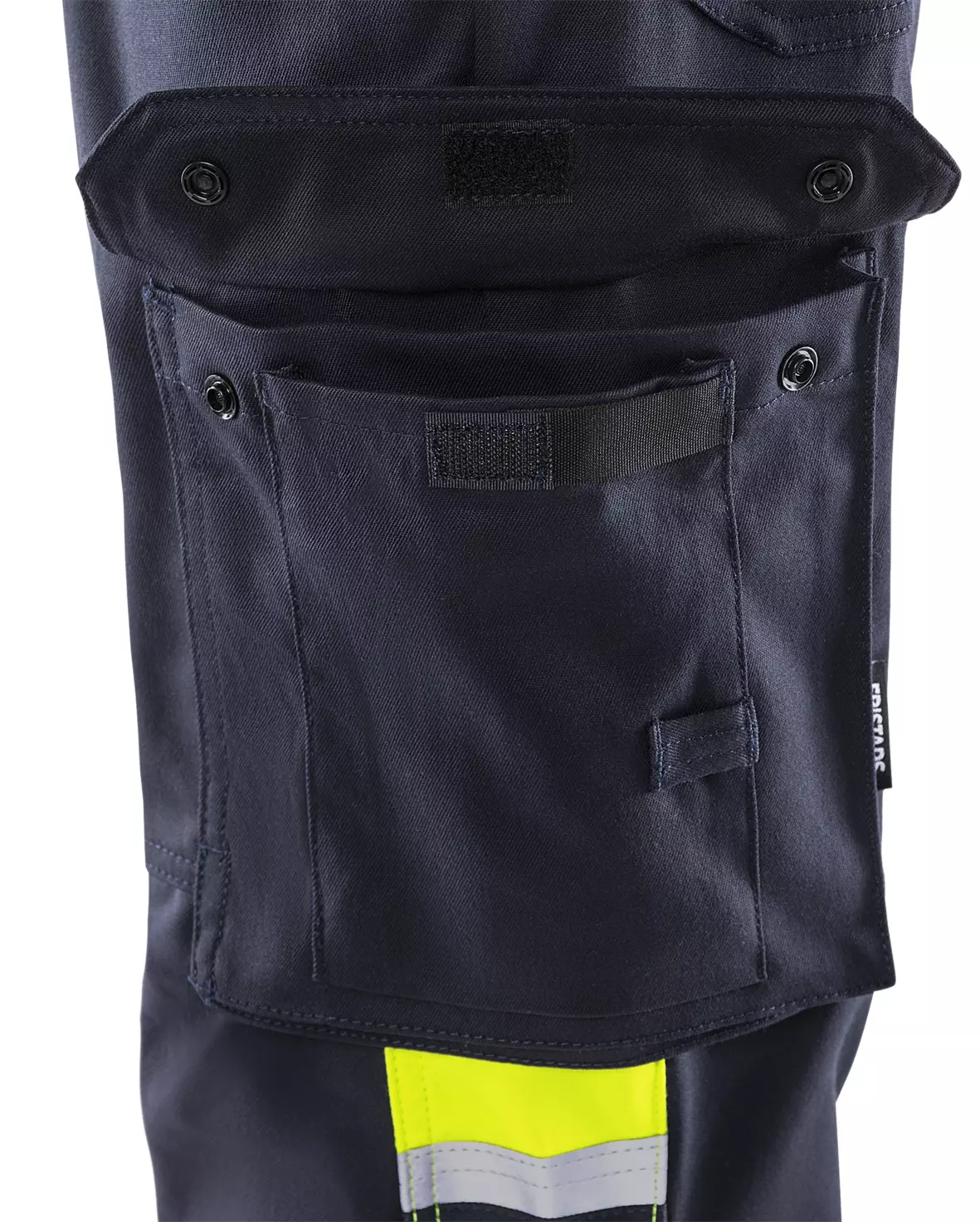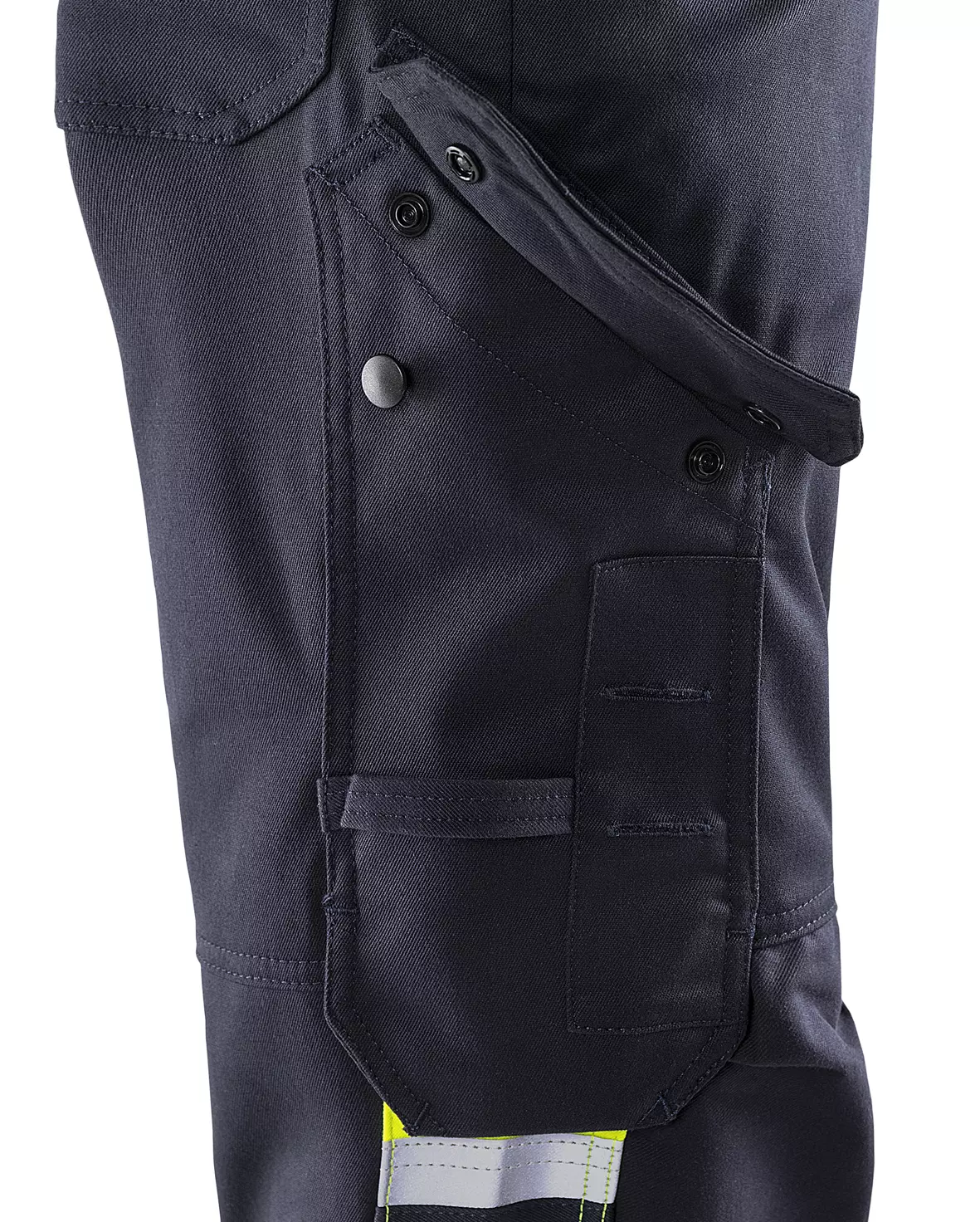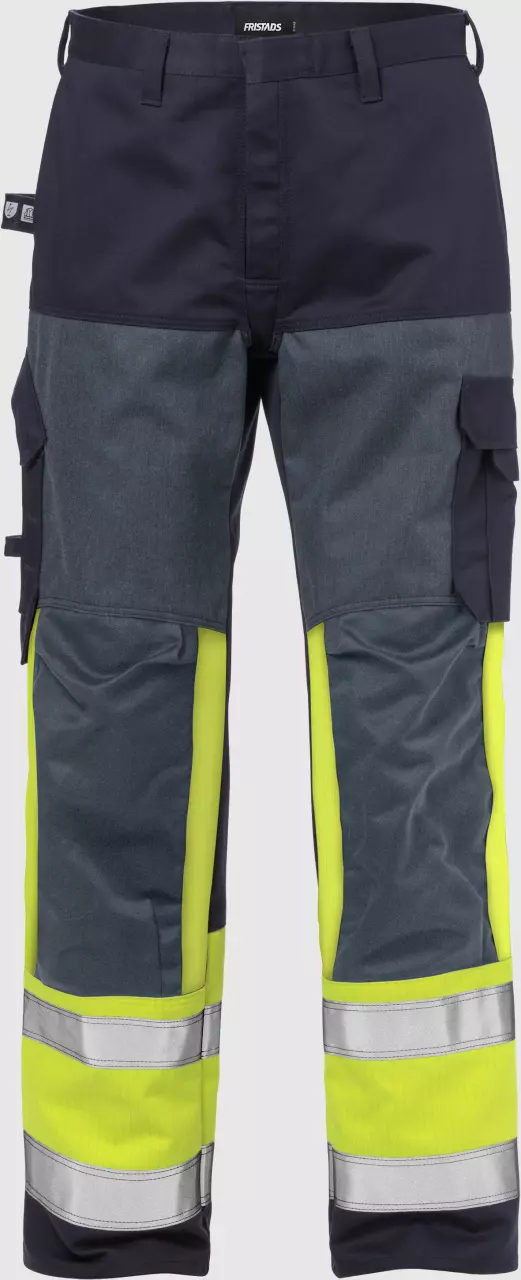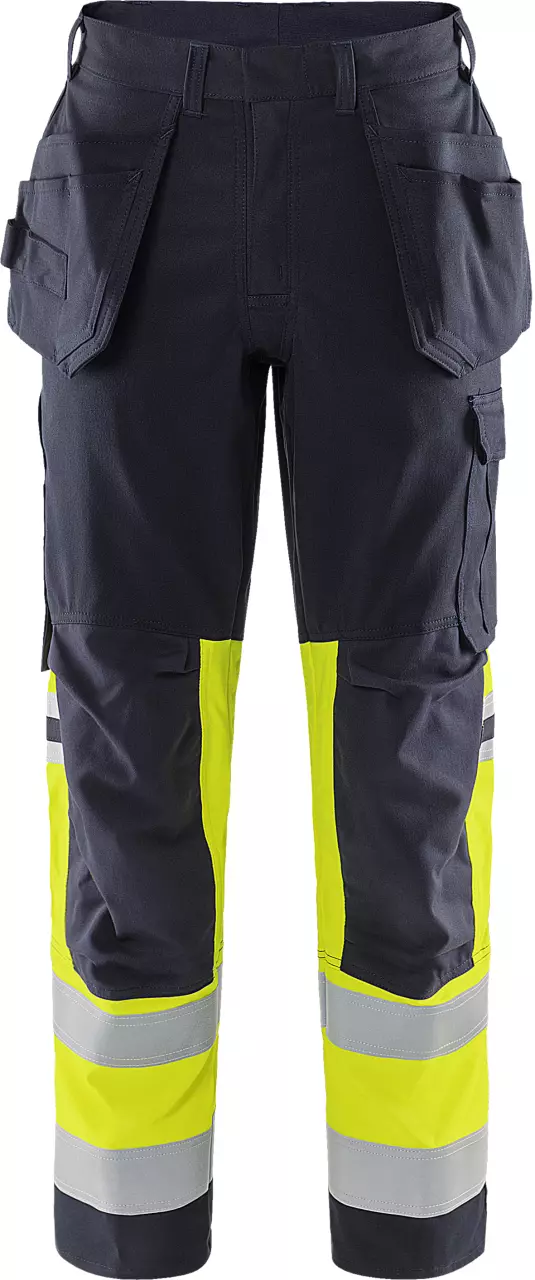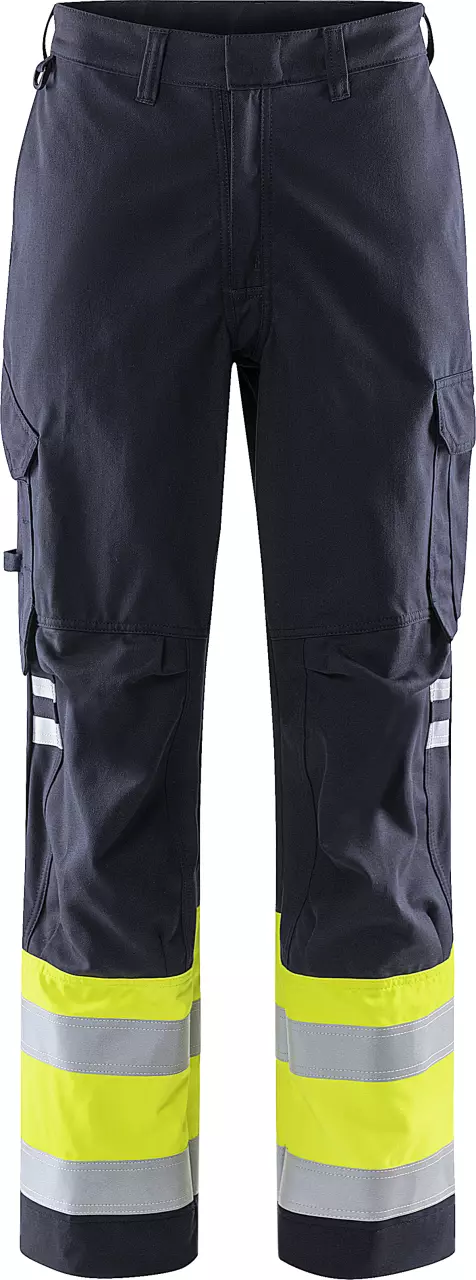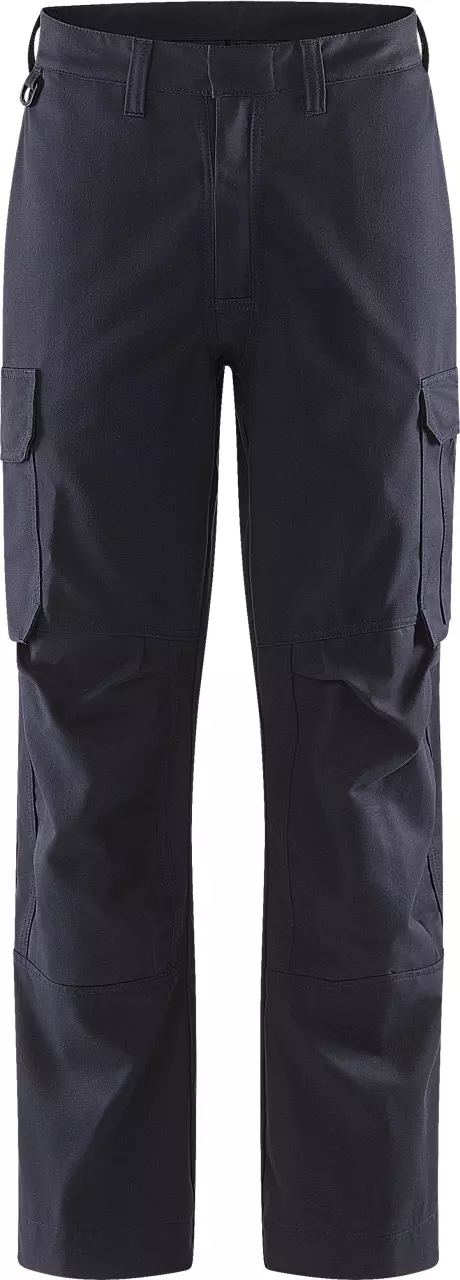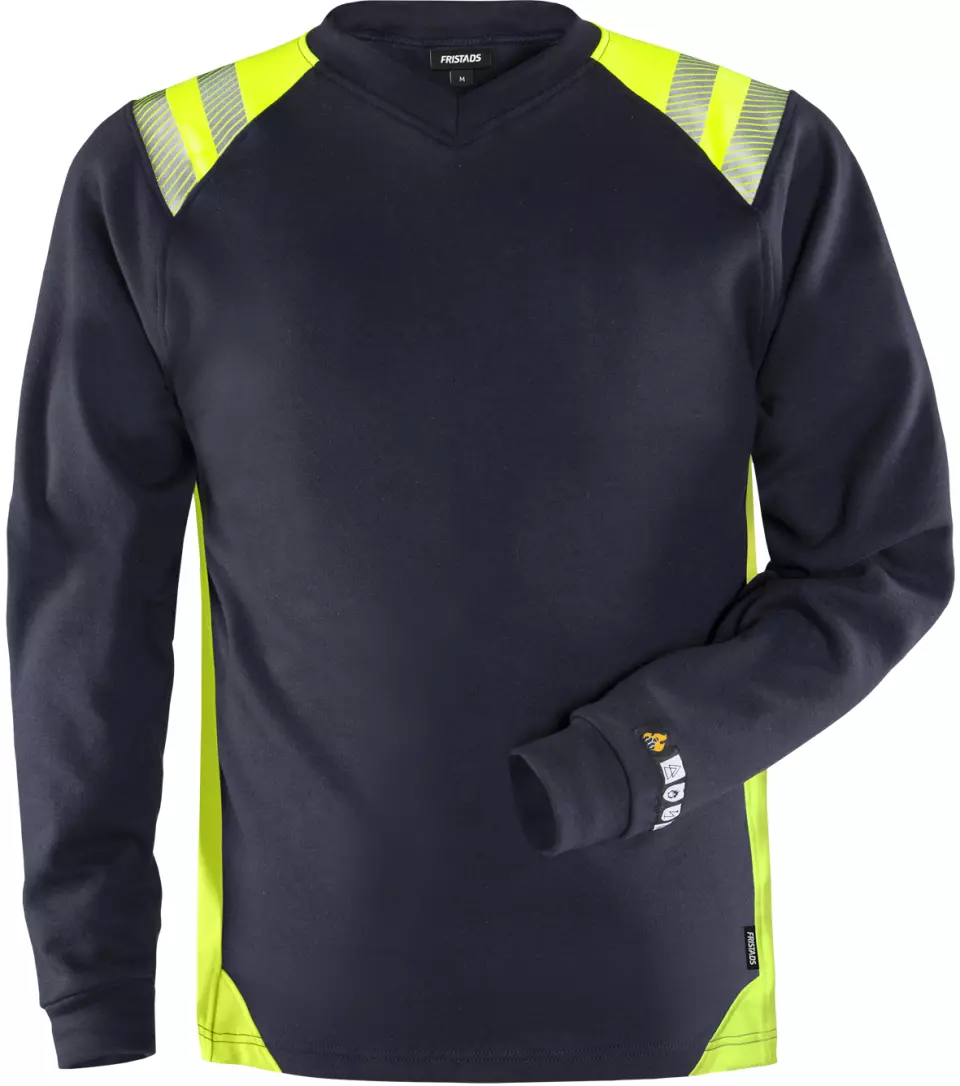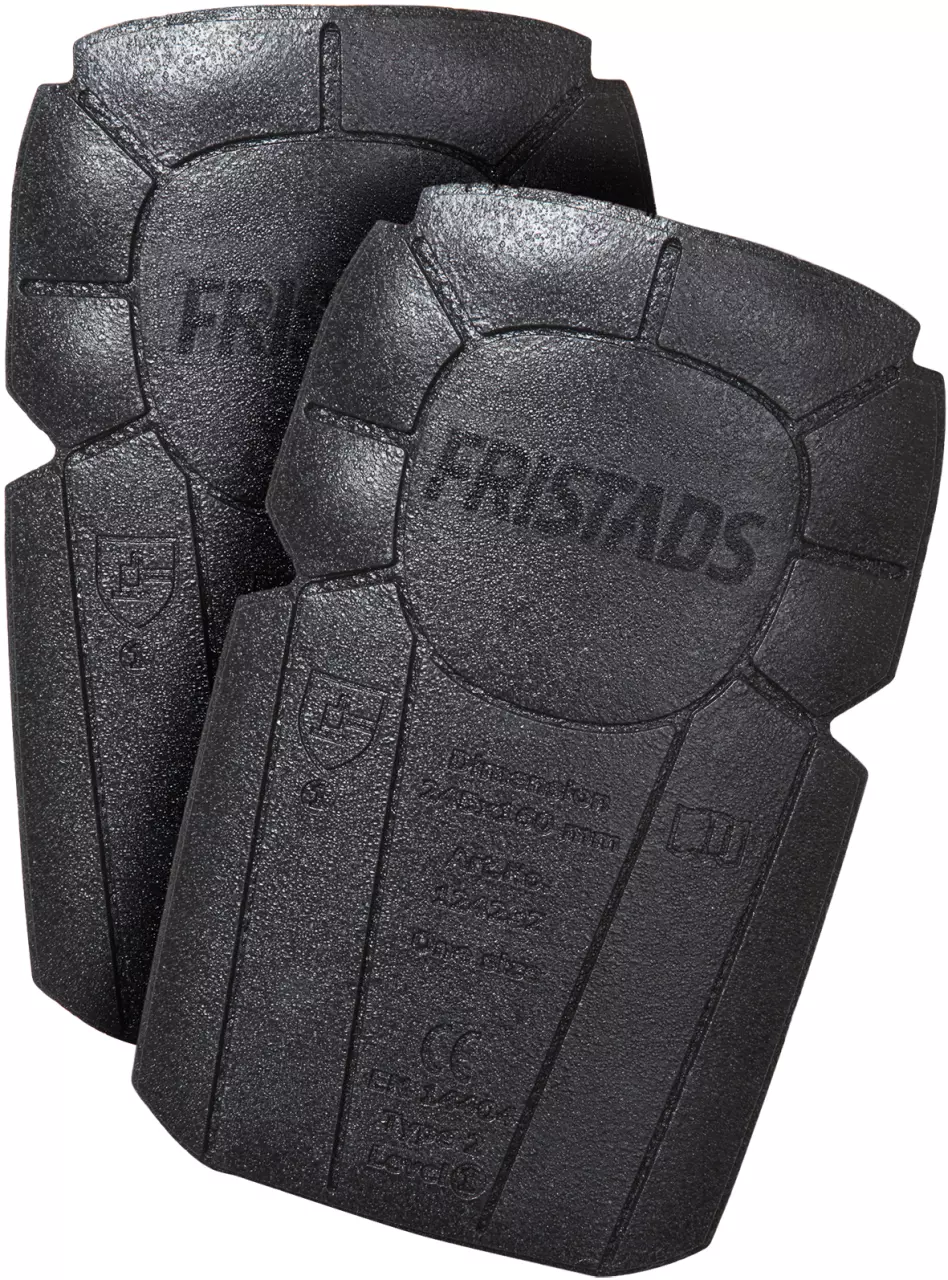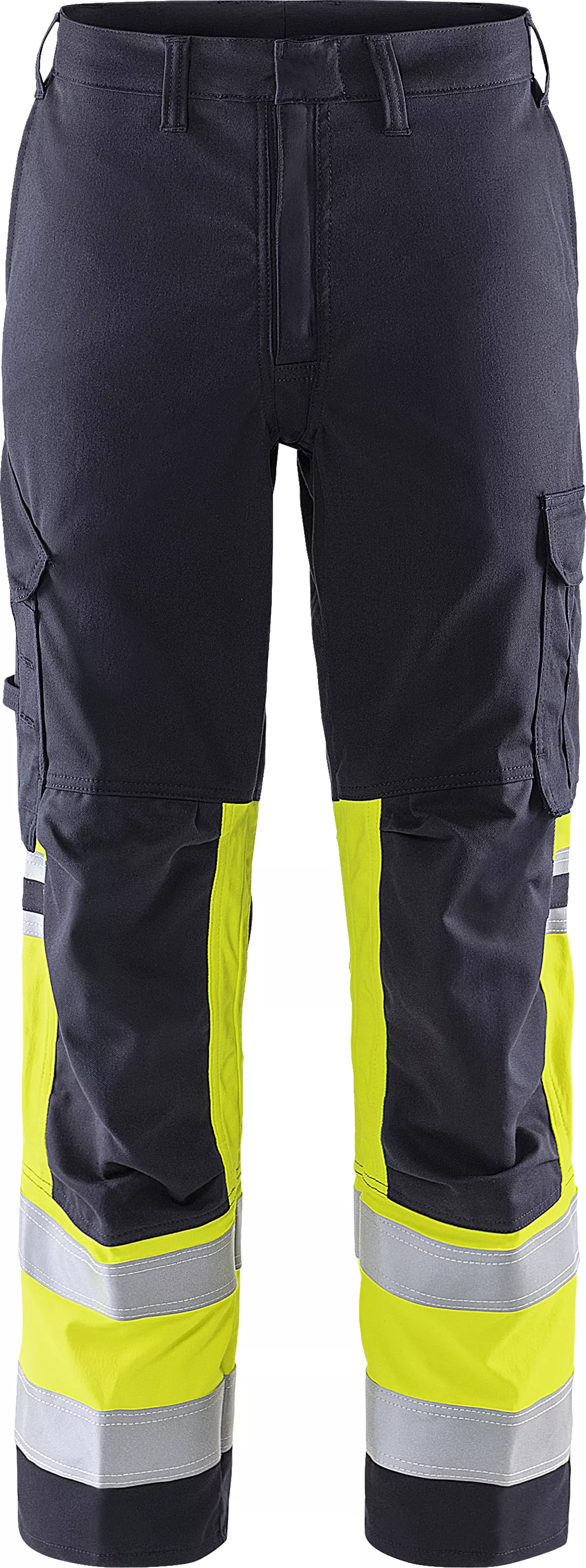
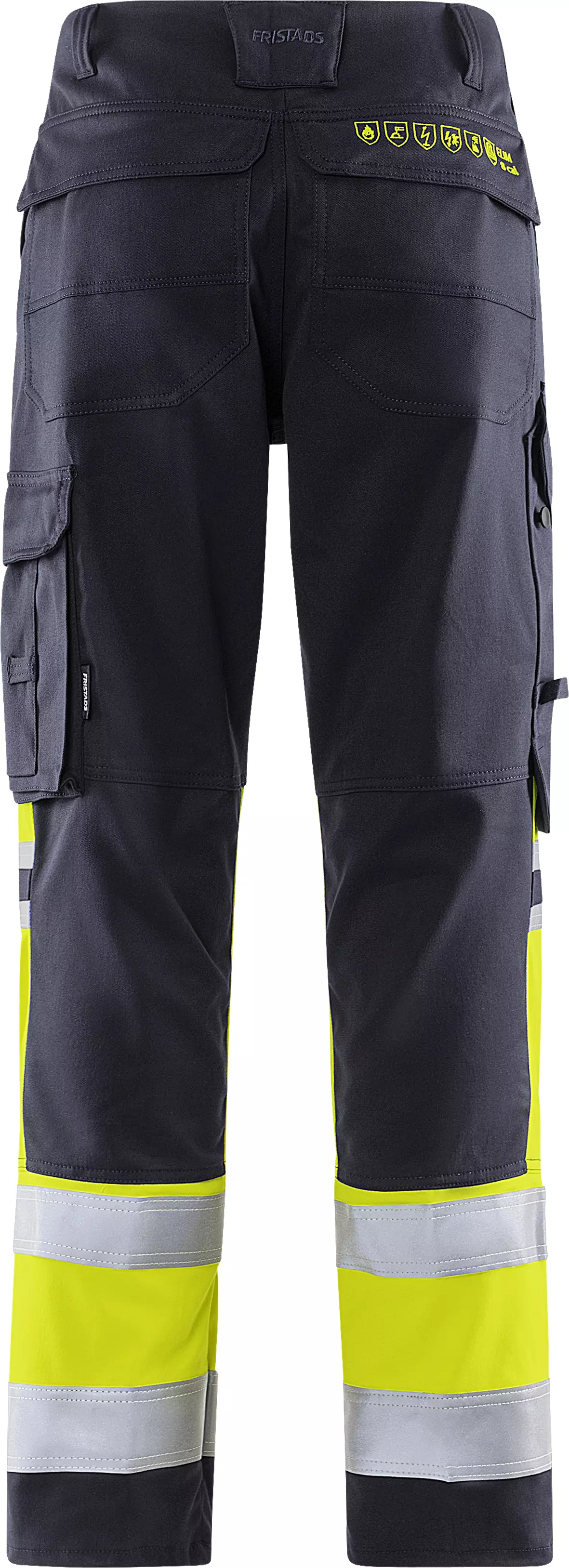

Features You'll Love
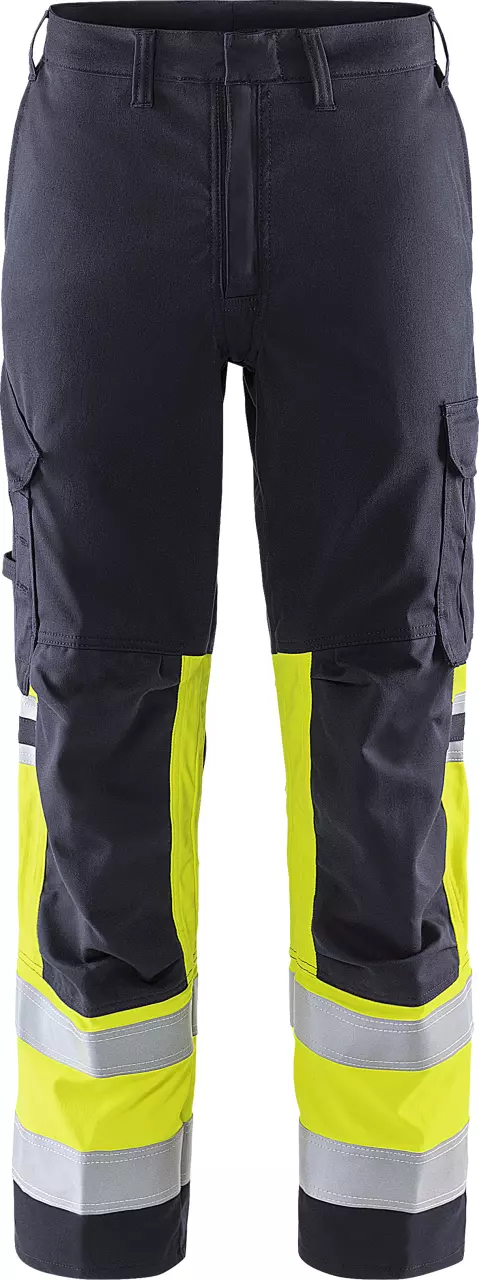
EN ISO 20471 · Reflective Strip Area Grade 1
Provides the lowest level of visibility for low-risk situations. It is intended for use in off-road areas or where traffic speeds are below 30 km/h, such as in parking lots or warehouses.
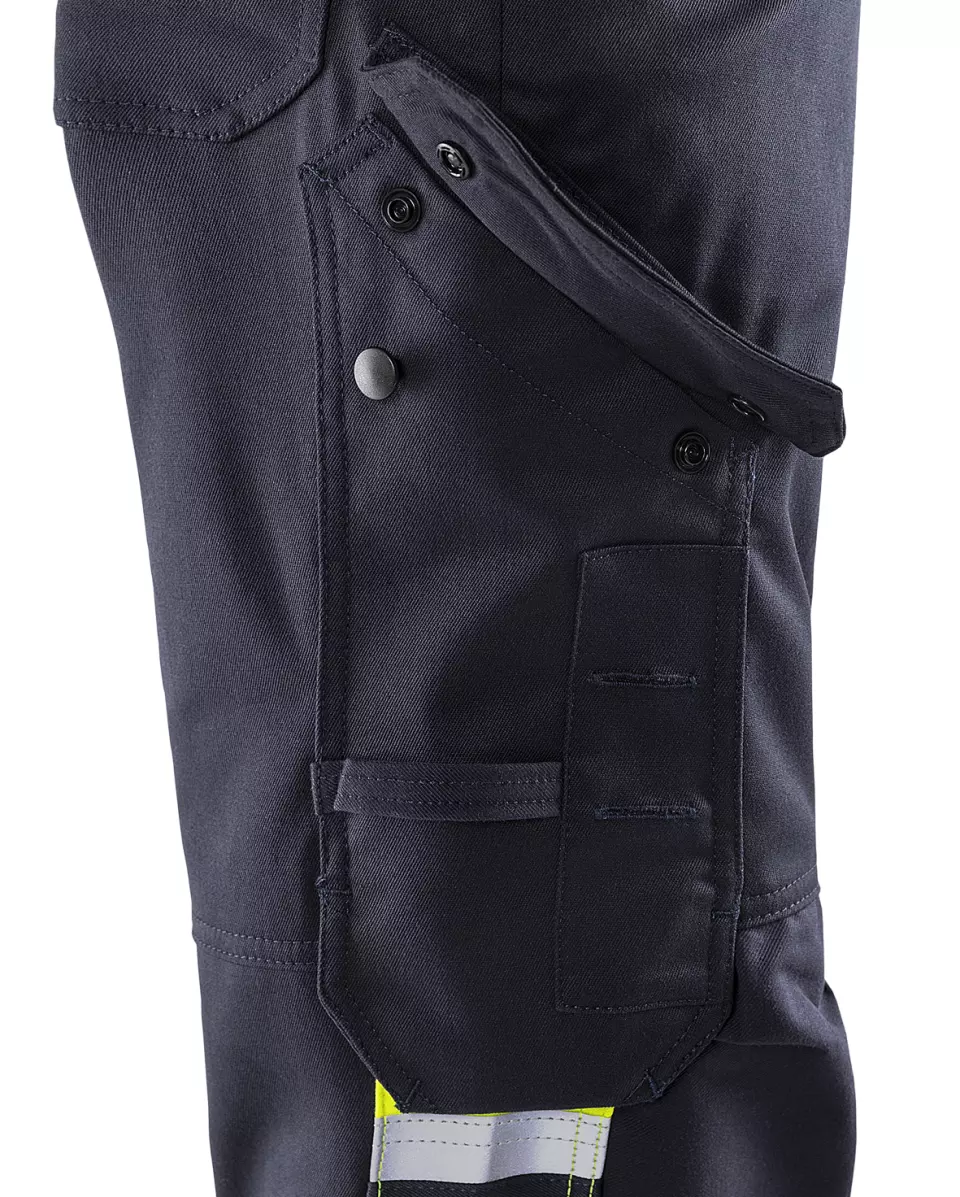
Pocket System · Phone Pocket
Securely store your phone, keeping it safe and always within easy reach on the job.
Fristads
Flamestat High Vis Stretch Trousers, Class 1 2162 ATHF
Flamestat High Vis Stretch Trousers, Class 1 2162 ATHF
(16)
202,40 €
Choose size
Free delivery
Features You'll Love

EN ISO 20471 · Reflective Strip Area Grade 1
Provides the lowest level of visibility for low-risk situations. It is intended for use in off-road areas or where traffic speeds are below 30 km/h, such as in parking lots or warehouses.

Pocket System · Phone Pocket
Securely store your phone, keeping it safe and always within easy reach on the job.
Product description
These Flamestat High Vis Class 1 stretch pants offer comprehensive protection for demanding work environments with multi-norm certification. The stretch material is dirt-, oil- and water-repellent and features numerous CORDURA®-reinforced areas for increased durability. The pants meet multiple safety standards including arc protection, flame protection and Class 1 high visibility warning protection.
Product Features:
- Stretch material with dirt-, oil- and water-repellent properties
- CORDURA®-reinforced back pockets, ruler pocket, knee pockets and leg hems
- Height adjustment of knee pads in knee pockets possible
- Leg pocket with phone pocket, flap and velcro closure, D-ring under the flap
- Double reinforced crotch seam and double seam on reflective strips
Technical Details:
- Material weight: 265 g/m²
- Body zone: Lower body
- Season: Year-round
- Approved after 50 washes
- Industrial washing suitable according to ISO 15797
Standards:
- EN 14404 together with knee protectors 124292
- EN 61482-1-2 APC 1
- EN 61482-1-1 ELIM: 8 cal/cm²
- EN ISO 11612 A1 B1 C1 F1
- EN 1149-5
- EN ISO 11611 A1 Class 1
- EN 13034 Type PB[6]
- EN ISO 20471 Cl. 1
- OEKO-TEX® certified

